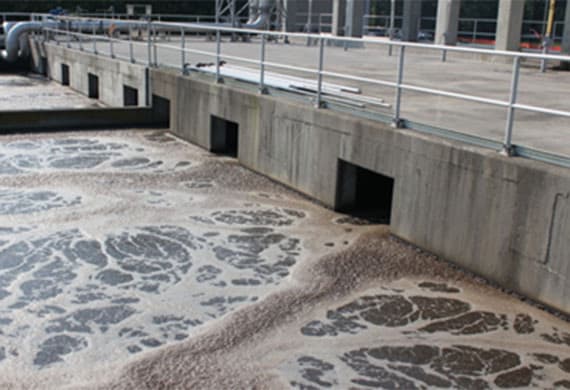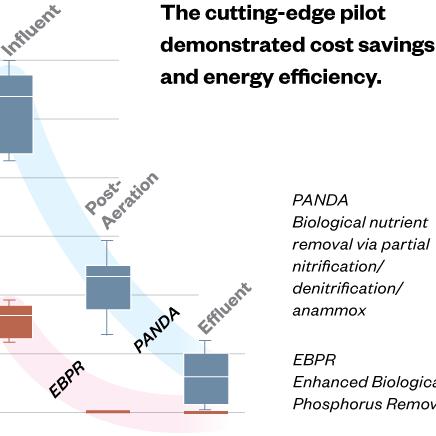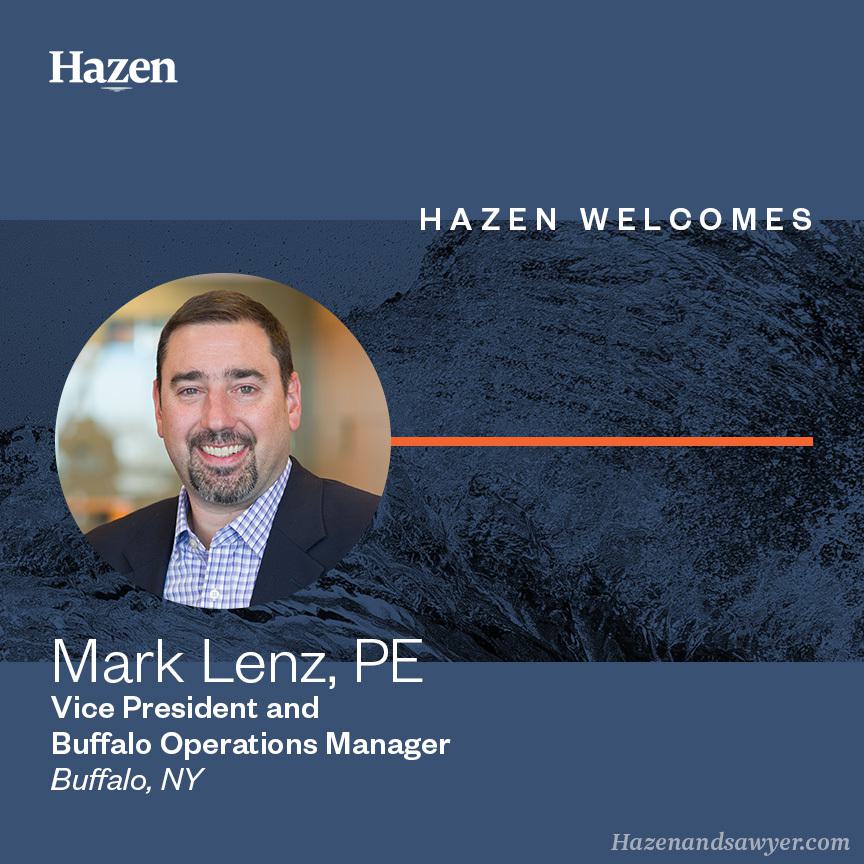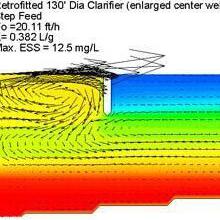Energy Consumption Trends in BNR Mixing Technologies
Last Modified Aug 01, 2022
Technology Overview
Mixing technologies used in activated sludge treatment with an emphasis on the development and application of energy requirements.

Secondary treatment is typically the largest energy consumer at municipal wastewater treatment plants (WWTPs), with aeration representing most of this demand. As WWTPs face more stringent nitrogen and phosphorus effluent limits, energy requirements for pumping and mixing will continue to increase relative to aeration. Although much of the energy reduction efforts in activated sludge treatment have been focused on reducing aeration energy and demand, comparatively limited attention has been focused on reducing the energy associated with recycle pumping and mixing.
Biological nutrient removal (BNR) processes generally include multiple unaerated anoxic and anaerobic zones to remove nitrogen and phosphorus, respectively. Five-stage BNR processes require unaerated anaerobic, pre-anoxic and post-anoxic zones. These unaerated zones need to be mixed in order to maintain solids in suspension and provide efficient treatment. Unaerated tankage may account for more than 50% of the total activated sludge volume in a five-stage BNR process, and mixing requirements for these zones can exceed aeration requirements, particularly in underloaded systems.
Related Topics:

Submersible mixers, vertical turbine mixers and jet mixing systems have provided decades of reliable mixing of unaerated zones at municipal WWTPs. Typical energy inputs have ranged from 0.25 horsepower per 1,000 cubic feet (cf) to over 1 hp per 1,000 cf. Promising new technologies, including hyperboloid mixers and large bubble mixing, have resulted in the ability to reduce mixing energy requirements to energy densities of 0.1 horsepower per 1,000 cf and below. Advances in the understanding and design of traditional mixing systems have also allowed for a reduction in energy input.
This paper will provide a historical overview of mixing technologies used in activated sludge treatment with an emphasis on the development and application of energy requirements. Energy efficient mixing design will be discussed. The evaluation of mixing technologies for the City of Greensboro’s (North Carolina) T.Z. Osborne Water Reclamation Facility (TZO WRF) Expansion and BNR Upgrade Project will be presented as a case study to illustrate the technical, energy and cost considerations for selecting mixing technologies for anaerobic and anoxic zones.










